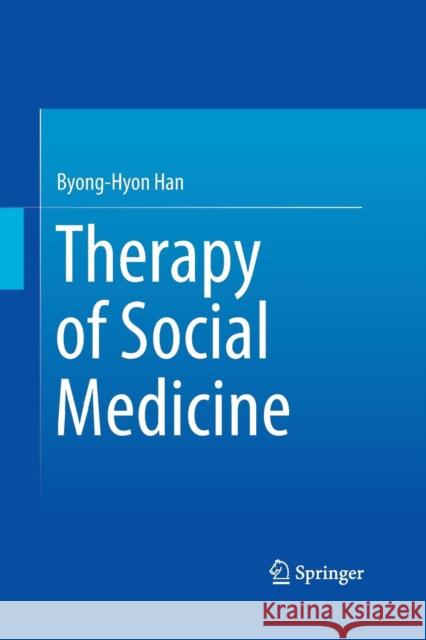Therapy of Social Medicine » książka
topmenu
Therapy of Social Medicine
ISBN-13: 9789811012891 / Angielski / Miękka / 2016 / 253 str.
Kategorie BISAC:
Wydawca:
Springer
Język:
Angielski
ISBN-13:
9789811012891
Rok wydania:
2016
Wydanie:
Softcover Repri
Ilość stron:
253
Waga:
0.38 kg
Wymiary:
23.39 x 15.6 x 1.42
Oprawa:
Miękka
Wolumenów:
01
Dodatkowe informacje:
Wydanie ilustrowane











